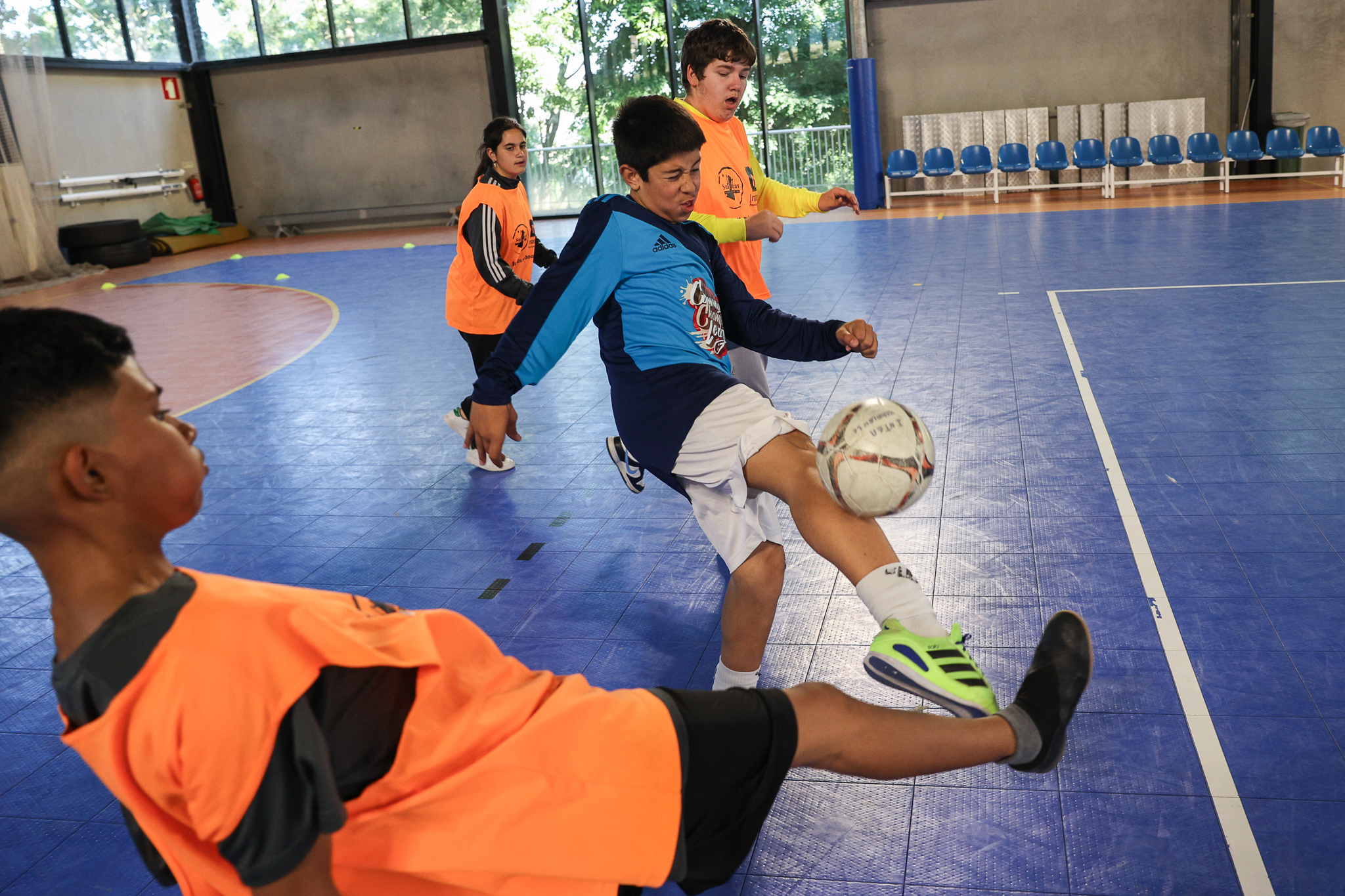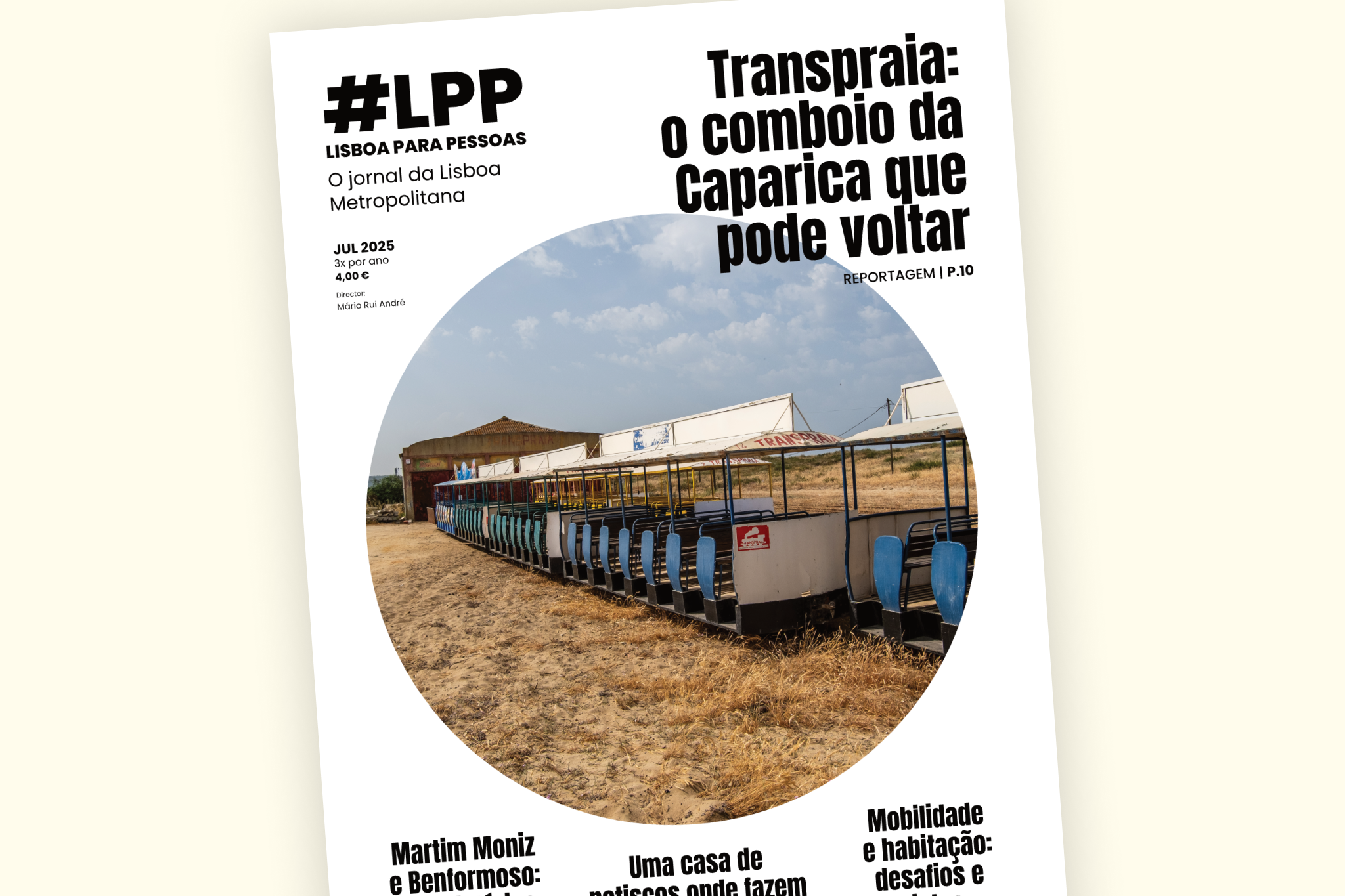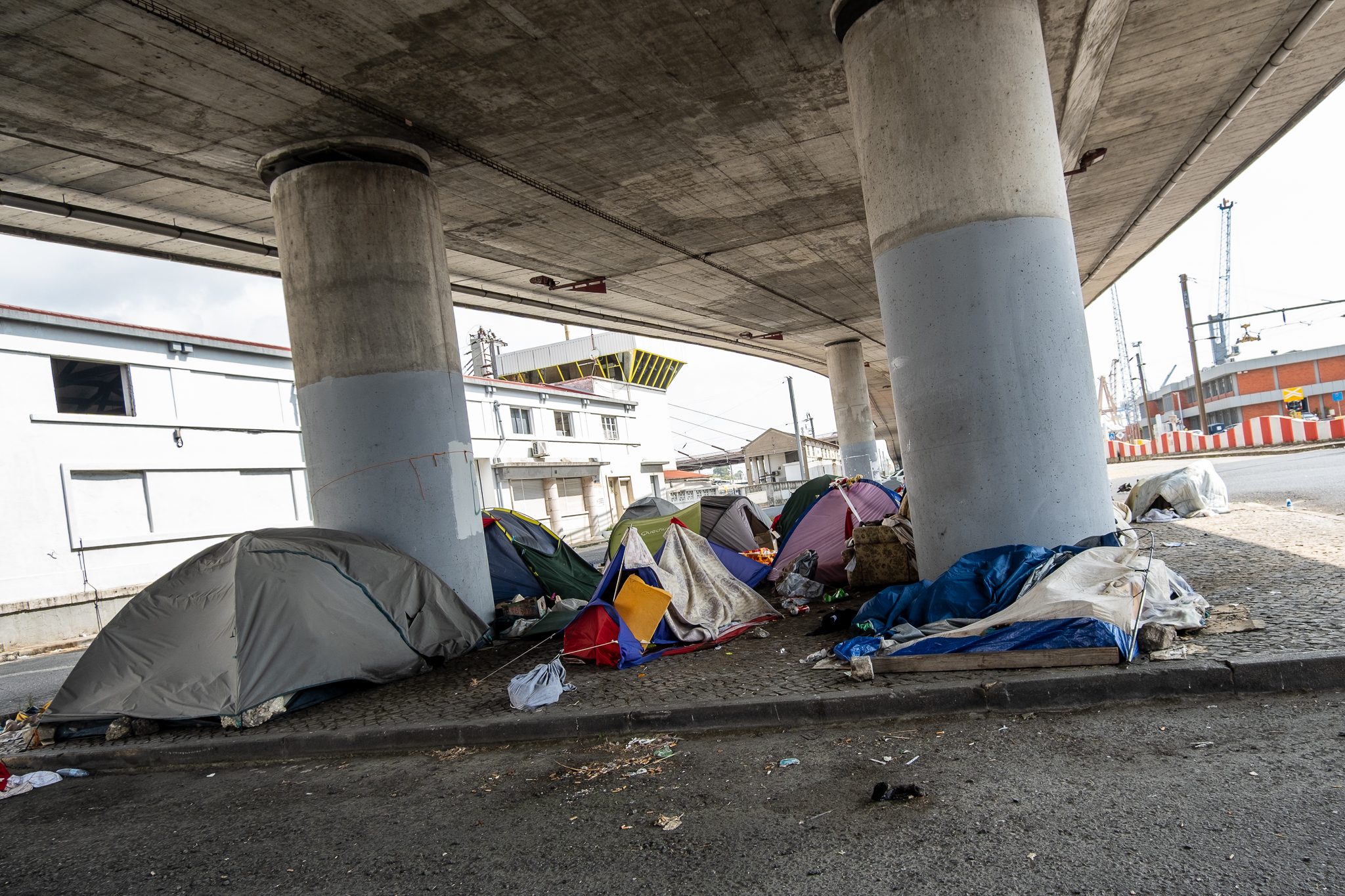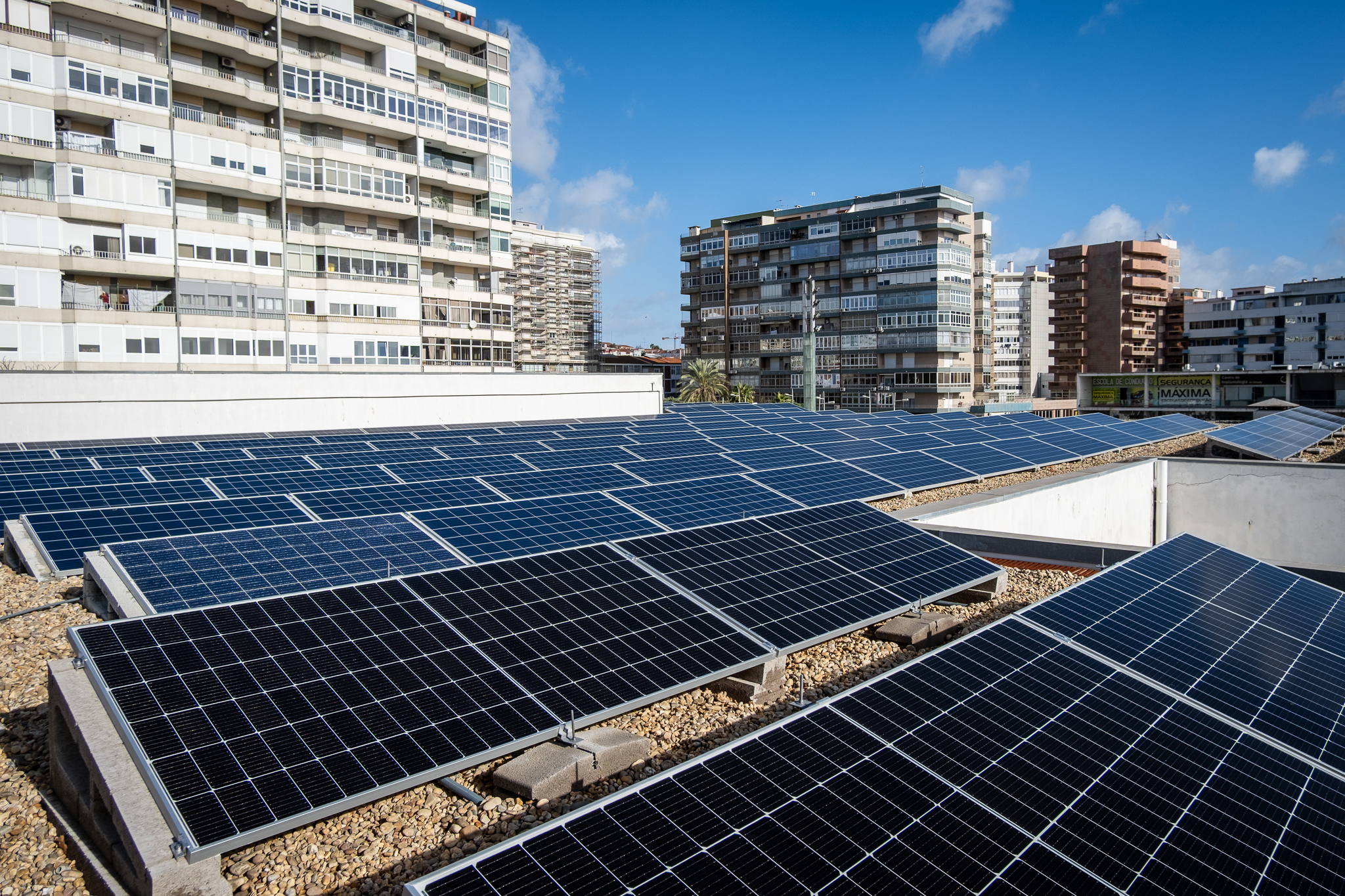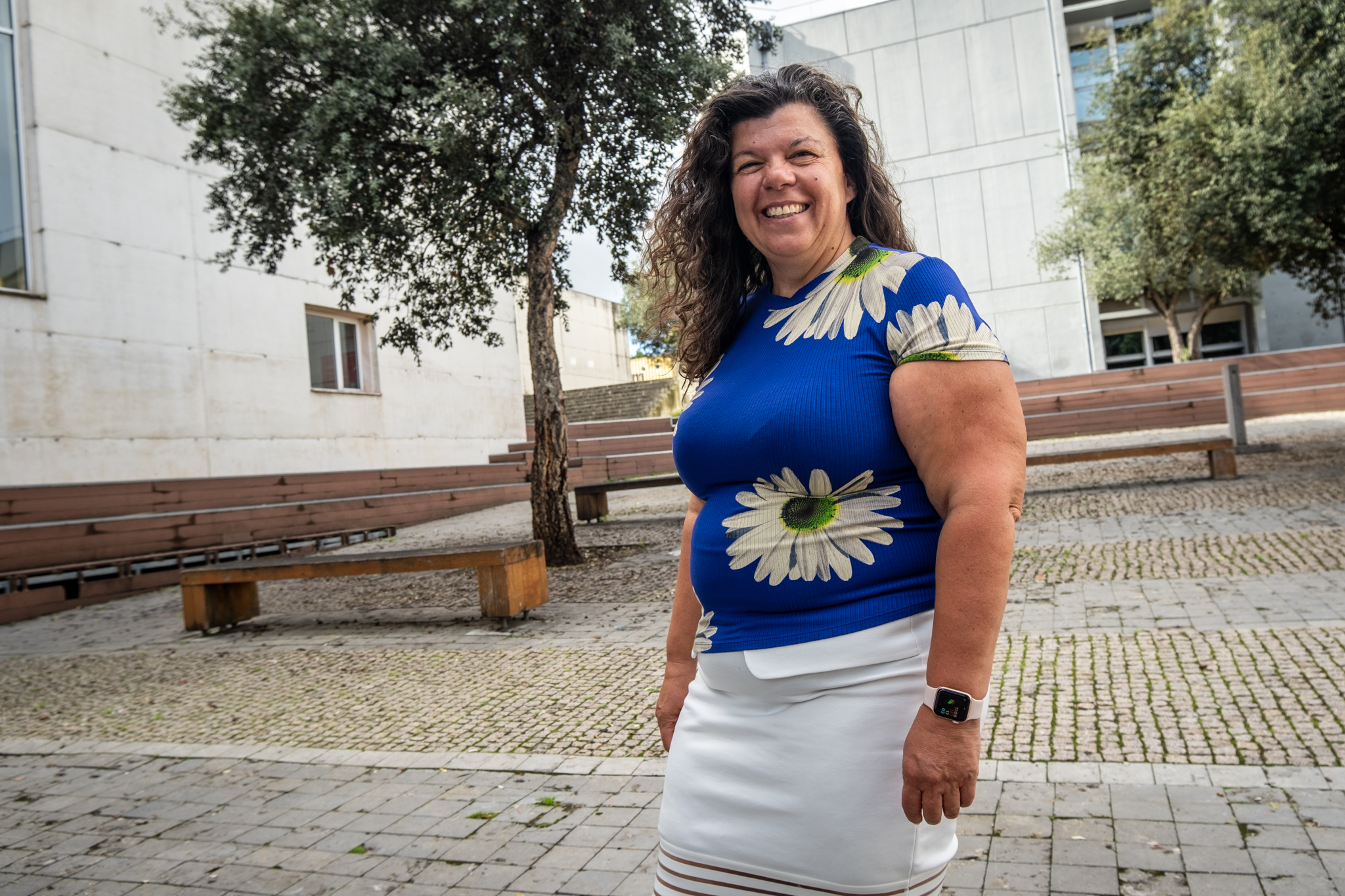The entire Almirante Reis axis will be redeveloped in an "integrated project", which will involve a participative process. Concrete results will only come in early 2025, with construction starting in the following term.

The theme of the bicycle path is more than closed. But not Almirante Reis, and it will remain on the media's agenda over the next few years. Lisbon City Hall is now working on a "integrated project" not only for the avenue, but for its entire axis, which includes part of the surroundings. The goal will be to make a deep requalification of Avenida Almirante Reis and Rua da Palmainvolving "all public spaces directly connected to the axis" - that is, Alameda (not all, but "a wide area"), João do Rio Square, Chile Square, Anjos Church Square, Chafariz do Intendente Square and "all intersections with adjacent streets".
In all, the intervention will cover an area about 2.7 km long between Areeiro and Martim Moniz, whose square will be the target of a separate intervention with the launching of a contest of ideas (details have already been disclosed). The beginning of the requalification works is only foreseen beyond 2025; until then, the the process will still be longinvolving communication campaigns and different stages of public participation, which will help define the future of the Almirante Reis axis.
The first step in this process was taken this Wednesday, November 9, with the approval in a town hall meeting of the methodology of the referred "integrated project". The councilmen of the New TimesThe PS and Livre parties gave the green light to the document we share above, which ended up with several changes suggested by Free; these changes, described in the proposed amendment that we share below, was approved by a majority with BE and PCP abstaining.
O "integrated project" to Almirante Reis "has as main objectives to promote the improvement of the environmental quality of the axis, improvement of the physical and psychological health of its users, ensure safety and universal pedestrian accessibility, and improve the articulation between the various modes of the mobility system of the axis and the surrounding areas"according to the municipality. At this stage, only a general axis diagnosis and defined the four major pillars for future intervention: pedestrian accessibility, security, mobility, e environment.
The participatory process will start with an information campaign among the population and with an inaugural conference with some experts from different areas. From there, a public consultation will be carried out using different tools and guided by the four pillars; will be promoted physical meetings using the methodology "World Café"anonymous contributions were collected at strategic points along the axis, promoted by focus group with living forces, and a marathon of ideas with local schools, among other activities.
The results will be further concretized in a intervention program for the axis, which will be presented to the population by the end of 2023, before being finalized for the launch of the public tender. This tender will take place in 2024 and will allow us to find the developer of the execution project. A public presentation and exhibition of this project is planned no later than January 2025, with the work thus being pushed to a subsequent mandate.
The theme of the requalification of Almirante Reis crosses several areas of the Lisbon City Hall, from Urbanism to Mobility, from Accessibility to Communication. The municipality's services have been carrying out a diagnosis of the entire axis, covering an area of about 278 hectares. Some details of this work are shared below.
Pre-diagnosis
| Positive | Negative |
|---|---|
| - A shaft that teems with life; - Diverse and inclusive in its people; - Axis with a very expressive cultural and artistic dynamic; - Strong convergence of multiple cultures; - Fundamental axis at the level of road and pedestrian mobility; - With relevant commercial dynamics; - It connects the city on foot, from Parque da Bela Vista to the Tagus River; - It crosses the city from north to south; - Lowest gradient connection between downtown and uptown, at the level of the soft modes; - It traces the history of Lisbon from the 16th century to the present day; - It articulates and relates several hills (S. Vicente, Mouraria, Sant'Ana, Castelo...); - It possesses equipment of relevant size capable of creating new neighborhood dynamics (e.g.: the old Desterro and Arroios Hospitals and the Arroios Market). | - Considered a peripheral axis at the city level; - With multiple road conflicts, unsafe and polluted that promote the insecurity of its users; - A population unhappy with the problems of mobility, safety and urban hygiene; - Noise pollution, air pollution and heat wave problems; - Discontinuous and fragmented public space with informal and disorganized appropriation, with many obstacles on the sidewalk, not very comfortable and accessible; - Poor shading due to discontinuous afforestation; - Disorganized commercial axis in terms of general image and loading and unloading. |
General objectives
Pedestrian Accessibility
- Improve the pedestrian space;
- Create comfortable, continuous, shaded, and obstacle-free paths;
- Promote the conditions of accessibility to housing, equipment, services and local commerce from the street and public transportation;
- Ensure better pedestrian articulation with the neighboring areas of the axis;
- Decrease the distance between crosswalks, improving safe crossings of the avenue;
- Promote the unity and continuity of public space along the entire axis.
Diagnosed problems: Universal pedestrian accessibility is not guaranteed; crosswalks are too far apart; there are obstacles to continuous pedestrian circulation.
Security
- Contribute to reducing the feeling of insecurity;
- Implement a safer and more comfortable public lighting system for pedestrians;
- Promote cultural dynamics in the community.
Diagnosed problems: feeling of personal insecurity during day and night; inefficient and unsafe public lighting for pedestrians.
Mobility
- Reduce accident levels and increase the level of pedestrian, cyclist, and road safety; o Mitigate the impact of road traffic;
- Rearrange the space dedicated to parking and loading and unloading;
- Improve the efficiency and sustainability of the public transportation system.
Diagnosed problems: High level of road accidents (with accidents and pedestrian and cyclist collisions); conflict between the various modes of circulation and logistical needs.
Environment
- Contribute to the improvement of air quality;
- Reduce noise levels;
- Mitigate heat island effects;
- Consolidate the green structure connection between Martim Moniz and Parque da Bela Vista, through a continuous wooded axis.
Diagnosed problems: High levels of air pollution; high noise levels; high temperatures ("heat island" effect); low number of trees; existence of inappropriate species.
PCP proposal rejected
The methodology for the integrated project of requalification of the Almirante Reis axis went to the City Council meeting through a proposal signed by the Councillor for Urbanism, Joana Almeida, and by the Councillor for Mobility and Green Structure, Ângelo Pereira. The document, approved as already mentioned, was voted as an alternative to a PCP proposal.
The communists proposed a Almirante Reis Urban Plan (PU)the formation of a Local Technical Office on the Avenue, directly connecting the City Hall services to local organizations and population, and also a participatory process with a view to the future requalification not only of the Avenue, but of the entire axis, including a series of squares and other public spaces. In a note sent to the newsrooms, the PCP councilors understand that their proposal had a "broader sectoral and territorial scope" and incorporated "a social aspect" absent from the work of the councilors of Moedas.
"The PSD/CDS project has only initial participation, follows a methodology that bets on an 'information campaign' to the population, followed by two months of 'participation' that corresponds more to random sampling than to the actual involvement of the population. This project refers the resolution of the problems to the urban design of the Avenida canal only"the communists explain. "Already the Plan proposed by the PCP has the vision that the problems of Almirante Reis are not solved in an intervention limited to the Avenue and, therefore, proposes a set of projects or execution units coherently with the transformation of the area of more comprehensive intervention, which includes the treatment of several public spaces such as the Chile Square or the Constantino Garden, among others."
The PCP's proposal was voted as an alternative to the Moedas' proposal, which means that the result of the vote would determine which proposal would go forward: the PCP's or the Moedas'. The communist councilmen's "urban plan" got five votes (from the PCP, one from Livre, and one from Cidadãos Por Lisboa), while the Novos Tempos councilmen's "integrated project" got 13 votes, as mentioned before.

